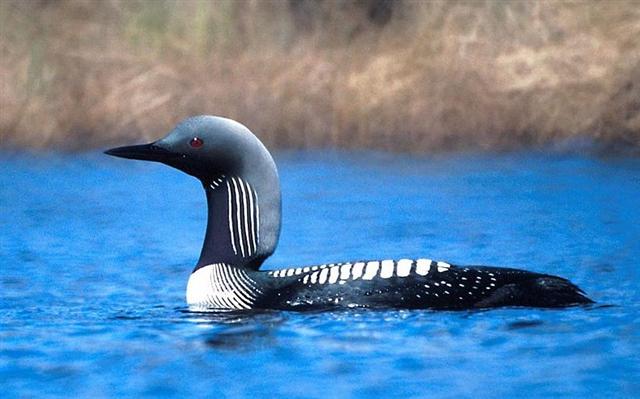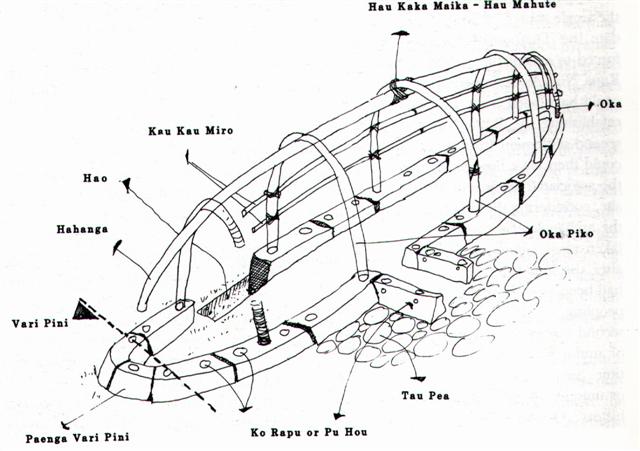3. The first part of Kaho-ali'i, the eye-swallower at winter solstice on Hawaii, can either be kaho or taho. The elimination of 't' in the Hawaiian dialect is an obstacle for our understanding.
Marquesan kaho means the timber which closes the back of the house, which is an appropriate image for winter solstice which closes the old year. A new house must be built the Loon cried out: ... In the morning of the world, there was nothing but water. The Loon was calling, and the old man who at that time bore the Raven's name, Nangkilstlas, asked her why. 'The gods are homeless', the Loon replied. 'I'll see to it', said the old man, without moving from the fire in his house on the floor of the sea ...
On Easter Island, down on earth, new houses were occupied in high summer, which north of the equator is the time of midwinter. The entrance to a 'house' is where it begins and the back of the 'house' is where it ends, and beyond the gods will be homeless. In astrology 'houses' refer to departments in the sky where Sun (or Moon) will stay for a limited number of days according to the structure of the calendar. Probably there must be a new house (mansion) after the old year has ended. The timber at the end of the house is evidently thick, because kahokaho (slender) should be its opposite:
In our hare paega model of Polynesian timespace the 'spine of the roof' is named hahanga (at least at one of its ends), a word which could allude to hagahaga:
Maybe the little knob at the hahanga end (in the front of the picture) can be compared with the little bulb (bud?) at top left in Eb7-29. It could represent the beginning of the new year which has begun to move ahead (hagahaga). It could be the revival of the lost left 'eye' of te koka. The entrance to a hare paega is not where the 'spine' is. Only gods can enter a canoe - even if it is upside down I think - at the prow: "... to enter a war canoe from either the stern or the prow was equivalent to a 'change of state' or 'death'. Instead, the warrior had to cross the threshold of the side-strakes as a ritual entry into the body of his ancestor as represented by the canoe." (Starzecka) Hagahaga (rather than hahaga) could be how we should read out aloud Ga1-6, because it looks as if there are 2 haga rave signs in this glyph:
Also Ga1-1 includes a variant of haga rave, maybe also to be pronounced hagahaga:
|








